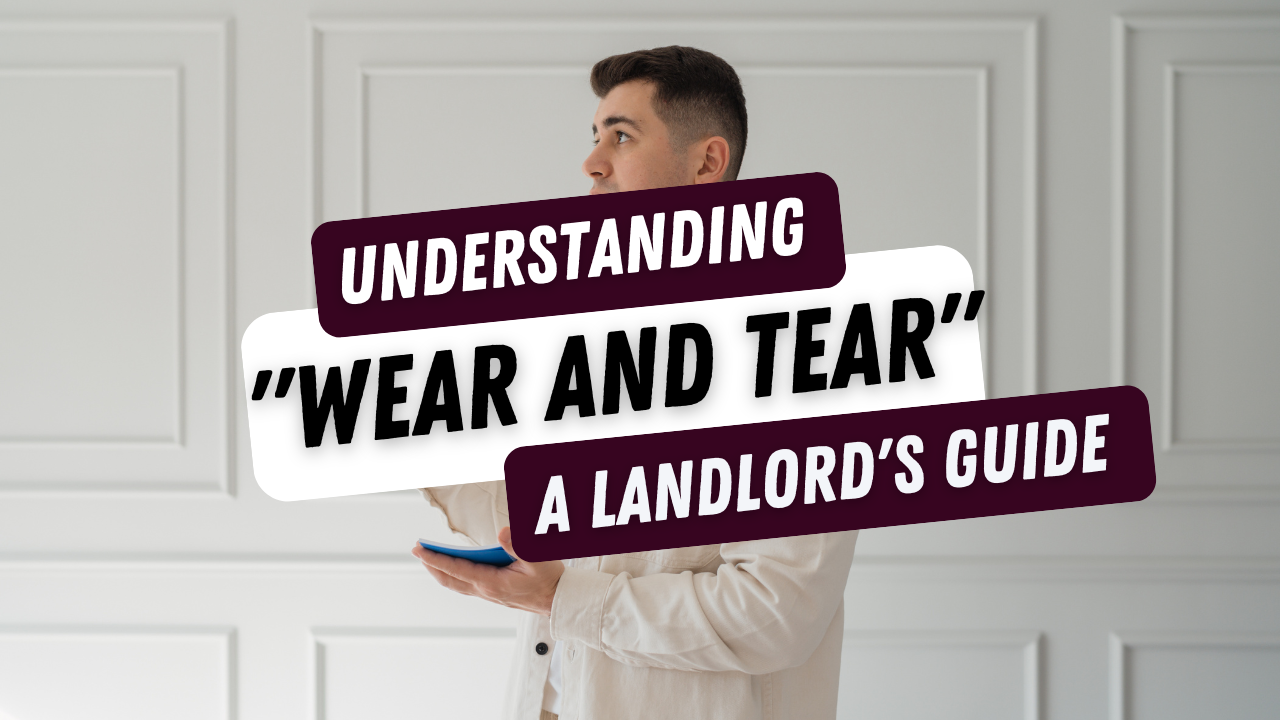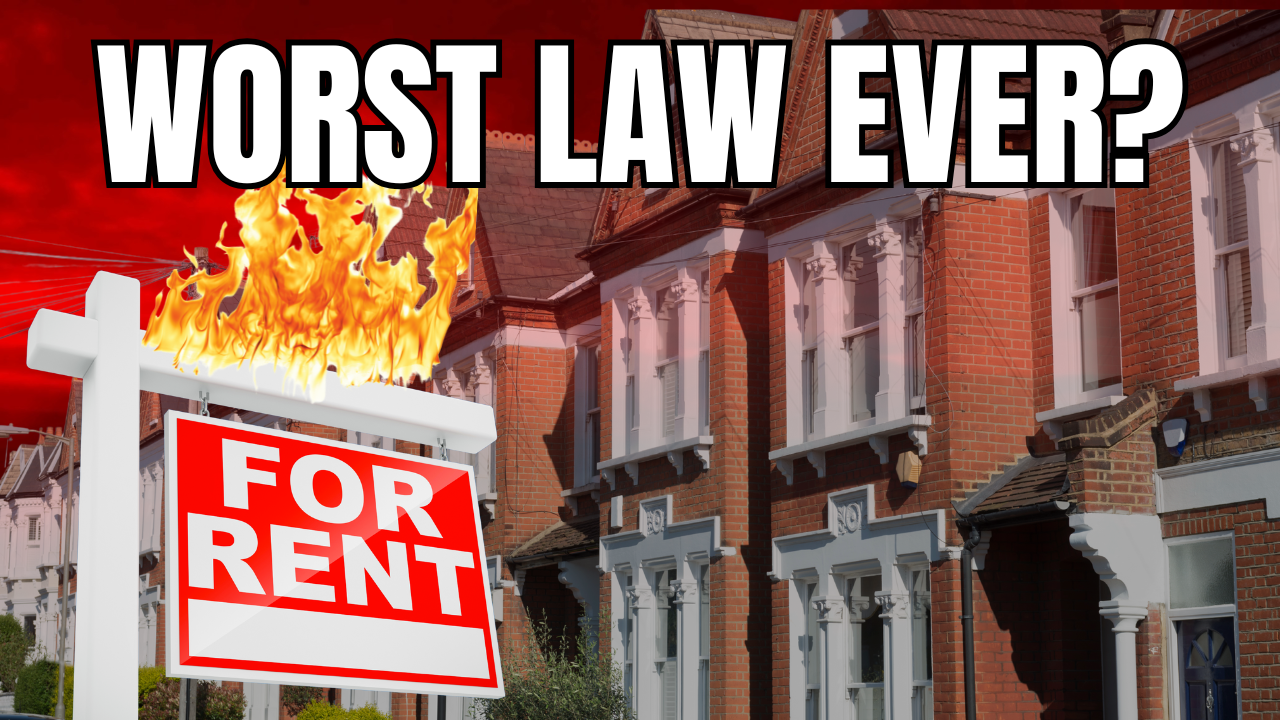
As a landlord, understanding the concept of 'wear and tear' in your rental property is crucial. This phrase often appears in tenancy agreements, and it can sometimes lead to disagreements between tenants and landlords, or letting agents.
So, what exactly is 'wear and tear'?
At its most basic, 'wear and tear' refers to the natural degradation of a property and its contents over time due to regular use. This does not include damage caused by neglect, carelessness, or intentional destruction.
For instance, over time, carpets can lose their initial "wow factor", paint can peel, and appliances can wear out. This is all natural wear and tear. However, if a tenant breaks a window, spills wine on the carpet, or damages an appliance through misuse, this is not considered 'wear and tear.'
As a landlord, it's important to distinguish between wear and tear and actual damage when assessing a property at the end of a tenancy. This is because landlords can only deduct from the security deposit to cover damages beyond normal wear and tear.
How do landlords handle 'wear and tear'?
Prevention is the first step. Clear communication with tenants about their responsibilities can go a long way in preventing damage. Ensuring a comprehensive inventory with photographic evidence at the start of the tenancy is also crucial.
Regular property inspections are key in identifying any issues early on and dealing with them. These inspections can also serve as an opportunity for tenants to voice any concerns or report damages they may not have previously reported.
In the case of 'wear and tear,' landlords and letting agents must remember that it is their responsibility to maintain the property. The cost of these repairs should not fall on the tenant.
What can be deducted from the tenant's deposit?
Deductions can only be made from the deposit if the damage is beyond normal wear and tear. It's important for landlords/letting agents in Leeds to provide a detailed explanation of any deductions made and provide evidence where necessary.
If there is a dispute regarding the deductions, it can be taken to an independent deposit protection scheme, which all landlords and letting agents should use.
To sum up, understanding the difference between 'wear and tear' and actual damage is crucial for landlords. By clearly defining the tenant's responsibilities and regularly inspecting the property, they can ensure that the rental property is well-maintained, and any potential disputes over deposits are minimized.
Remember, a well-maintained property is not only good for the tenant but also adds value to your investment as a landlord or ensures good standing with property owners if you're a letting agent. So understanding and effectively managing 'wear and tear' is in everyone's interest.
















